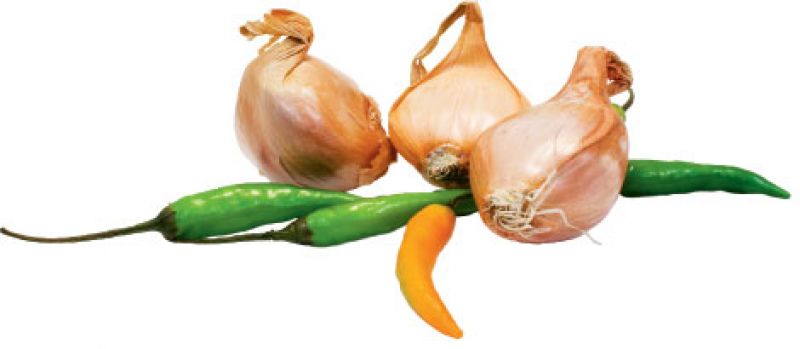
A lingering legacy from the days when Carolina was part of Colonial Britain is a condiment created by steeping hot peppers, onions, or a similarly assertive flavoring in sherry. The most common type was pepper sherry, once found in almost every locale where Britain established a colony, particularly in the warm-weather belt of the tropics and subtropics.
While pepper sherry is still used throughout the Caribbean and South Africa today, almost all such seasonings have disappeared from Charleston’s foodways. The only reminder of them is a vague but intriguing little recipe for “Onion Sherry” tucked among the seafood cocktail sauces of the Junior League’s timeless Charleston Receipts, printed in 1950.
As late as the early 1970s, these condiments could still be found on a few of the city’s traditional tables but were already beginning to fade from use. By the turn of the century, they had vanished. The reason is a mystery, especially when one tastes what a few transforming drops can do in a pot in the kitchen or a bowl at the table. The combination of fiery pepper or onion and sweet wine makes the perfect flavoring for cream and bean soups and is absolutely delicious with local shellfish, especially shrimp and crab.
Making flavored sherry is not at all difficult and need not cost the world. The recipe for onion sherry, included here, calls for “cooking sherry,” which is cheap wine salted to make it undrinkable—a concoction left over from Prohibition. Though you can still get this ingredient, a good, moderately priced amontillado or cream sherry would be the better choice, with a large pinch or so of quality sea salt dissolved into it to help lift the flavors.